In recent years, coconut substrate has gained great popularity among gardeners and lovers of indoor plants. Owners appreciated its properties and the owners of home terrariums and trailers. What is a coconut substrate and how to use it correctly is described in the material below.
Material Content:
Coconut substrate - what is it
Coconut substrate - the material is completely natural and environmentally friendly. It is made from coconut mesocarp.

Mesocarp is the scientific name for that part of a nut that is called a “shell” in everyday life. In a mature state, it is a hard shell of brown color, covered with hair fibers. Previously, the shell had only one practical use - as a fuel. But at the end of the 20th century, a technology arose that made it possible to process the mesocarp and make fillers for mattresses or upholstered furniture. A shredded and compressed waste production began to be used in crop production.
There are several forms of release of coconut substrate:
- in briquettes;
- in tablets;
- in the form of mats.
The choice of form depends on the purpose of the application.
Types of Coconut Substrate

Coconut substrate is produced not only in different forms, it is also divided by the degree of grinding of coconut fiber:
| Degree of grinding | Release form | Application area |
|---|---|---|
| Coarse fraction ("coconut chips") | Briquettes | • improving the structure and mechanical properties of soils; • mulching plants. |
| Middle fraction ("coconut fiber") | Briquettes | • growing seedlings; • improvement of soil structure. |
| Mats | • growing seedlings in greenhouses; • gardening of artificial reservoirs. | |
| Fine fraction ("coconut crumb") | Briquettes | • growing seedlings; • addition to soil mixtures for seedlings; • as a soil for snails. |
| Pills | • growing seedlings. |
Biodegradable seedling pots made from coconut fiber can also be found on sale. But in the strict sense, they are not a substrate, but a container.
What can be grown on a coconut substrate
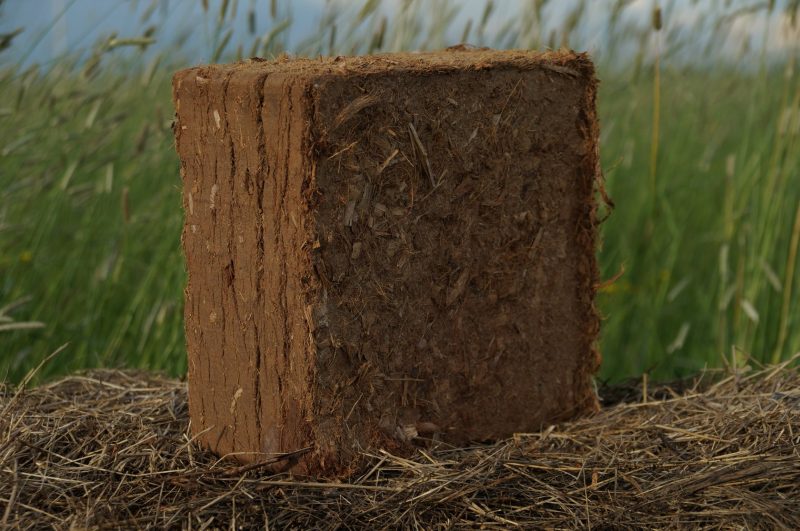
The use of coco soil in crop production is due to a number of advantages of this material:
- biological purity, lack of pathogens;
- friability, breathability, lack of caking;
- high moisture capacity;
- lack of a surface crust when drying;
- neutral acidity (pH 5.5-6.7);
- high heat capacity.
Such properties of the coconut substrate allows you to create ideal conditions for seed germination and the formation of a strong root system of plants. Kokogrunt maintains stable moisture for a long time, does not overcool, does not compact, provides normal aeration inside the tank and does not allow pathogenic fungi and bacteria to develop. Due to this, the coconut substrate is well suited for growing seedlings of vegetable, berry and flower crops.
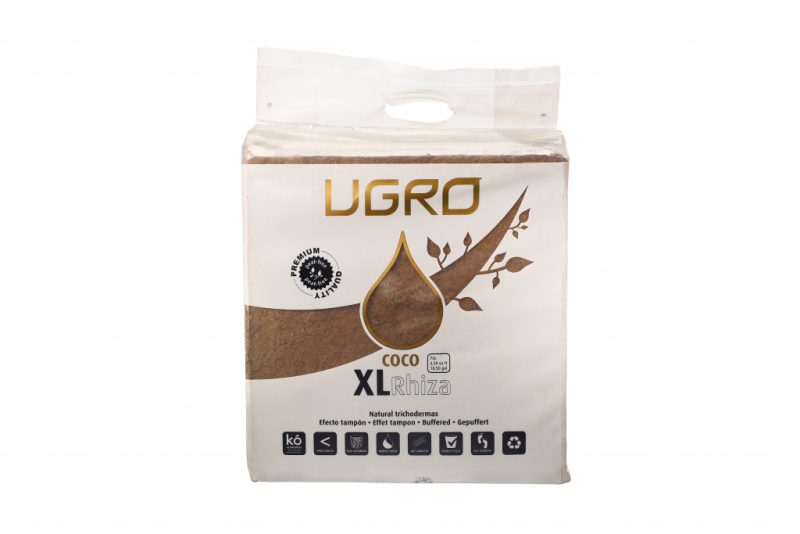
You can use coconut substrate for other purposes:
- forcing flowers by March 8 - viola, primrose, chrysanthemum, daffodils, hyacinths, tulips;
- growing indoor plants - palm trees, succulents, orchids;
- adding to the soil when transplanting other indoor plants;
- the rooting of cuttings of fruit and ornamental crops.
A co-soil will also be useful for creating florariums - mini-greenhouses inside glass containers.
Read also:substrate is
The use of coconut substrate in briquettes for seedlings
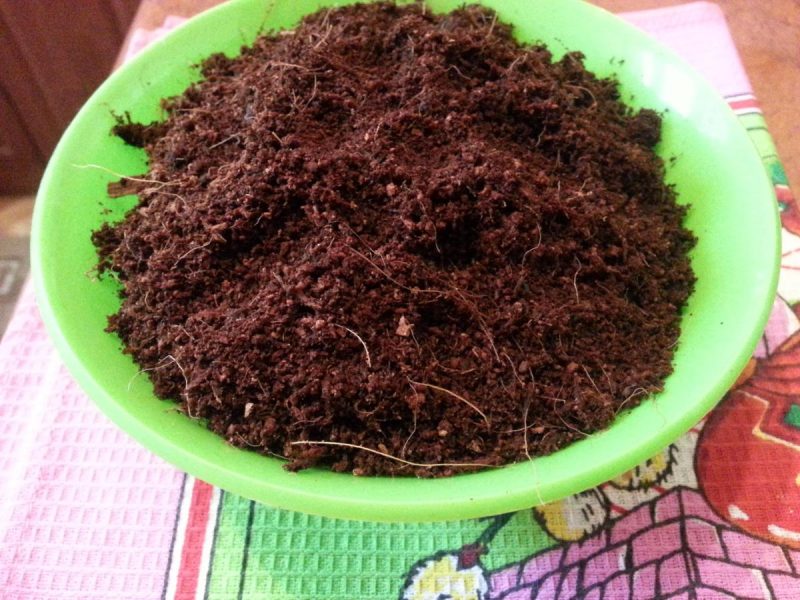
Apply coconut substrate for seedlings with two reservations:
- In its pure form, it is suitable only at the initial stage of plant development. The nitrogen content in coco soil is not enough for a full cycle of growing seedlings. After the appearance of real leaves, she will either need intensive mineral fertilizing, or transplantation into a full soil mixture.
- Do not use coconut substrate without prior preparation. Since coconut palms grow on salty soils, the concentration of salts in coco soil is too high. Rinsing with clean water removes excess salts from the substrate and minimizes its phytotoxicity.
For growing seedlings more suitable coco soil medium fraction. Too shredded material contains a lot of dust, which degrades its mechanical properties, increasing the likelihood of waterlogging.
How to breed kokogrunt
In amateur plant growing, coconut substrate in briquettes is most in demand. Outwardly, they resemble a small brick, but after dilution in water from each briquette, a large amount of soil comes out - up to 8 liters.
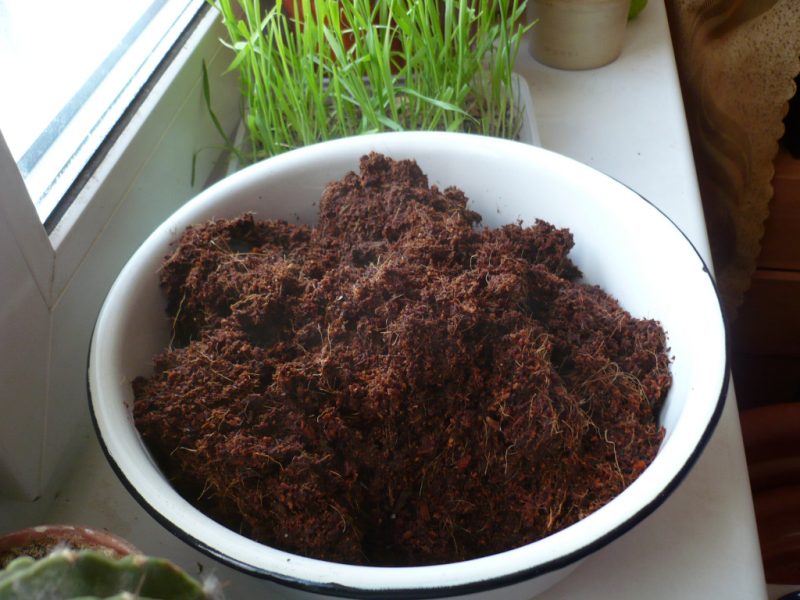
Dissolve the coconut briquette in water as follows:
- remove from packaging, put in a bucket or large basin;
- pour 5 liters of warm water;
- wait until all the water is absorbed, forming a moist, loose mass.
If there is no need for a large amount of coco soil, you can not dissolve the whole briquette, but chop it in half and prepare a smaller amount of substrate.
After swelling, the mass should be poured abundantly several times with warm water, stir, drain and squeeze.
Coconut substrate for snails: how to prepare
For litter in the snail, the coconut substrate needs to be washed even more thoroughly.
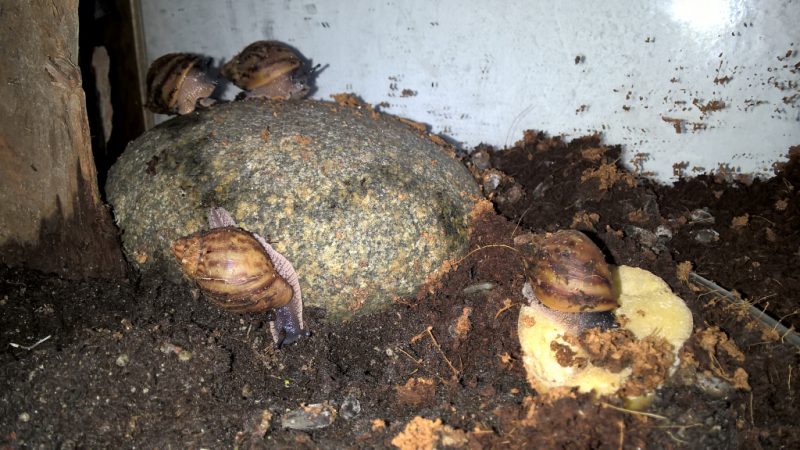
The delicate body of mollusks reacts painfully to the high salt content, so the preparation of the soil should include the following steps:
- dissolve the required amount of substrate in warm water;
- put the mass in a pan, pour plenty of water and put on the stove;
- digest the soil over low heat for 1 hour;
- discard the mass in a colander and let hot water out of the shower;
- rinse with running water for several minutes, periodically squeezing.
When the water becomes completely transparent, the substrate can be considered prepared. Only after digestion and thorough washing will coco soil be safe for snails.
Coconut substrate is an excellent material for growing plant seedlings and keeping snails. But, like any other soil, it is not without flaws, so you should not use it thoughtlessly. Proper preparation and compliance with the rules of use will help to avoid unpleasant surprises.












